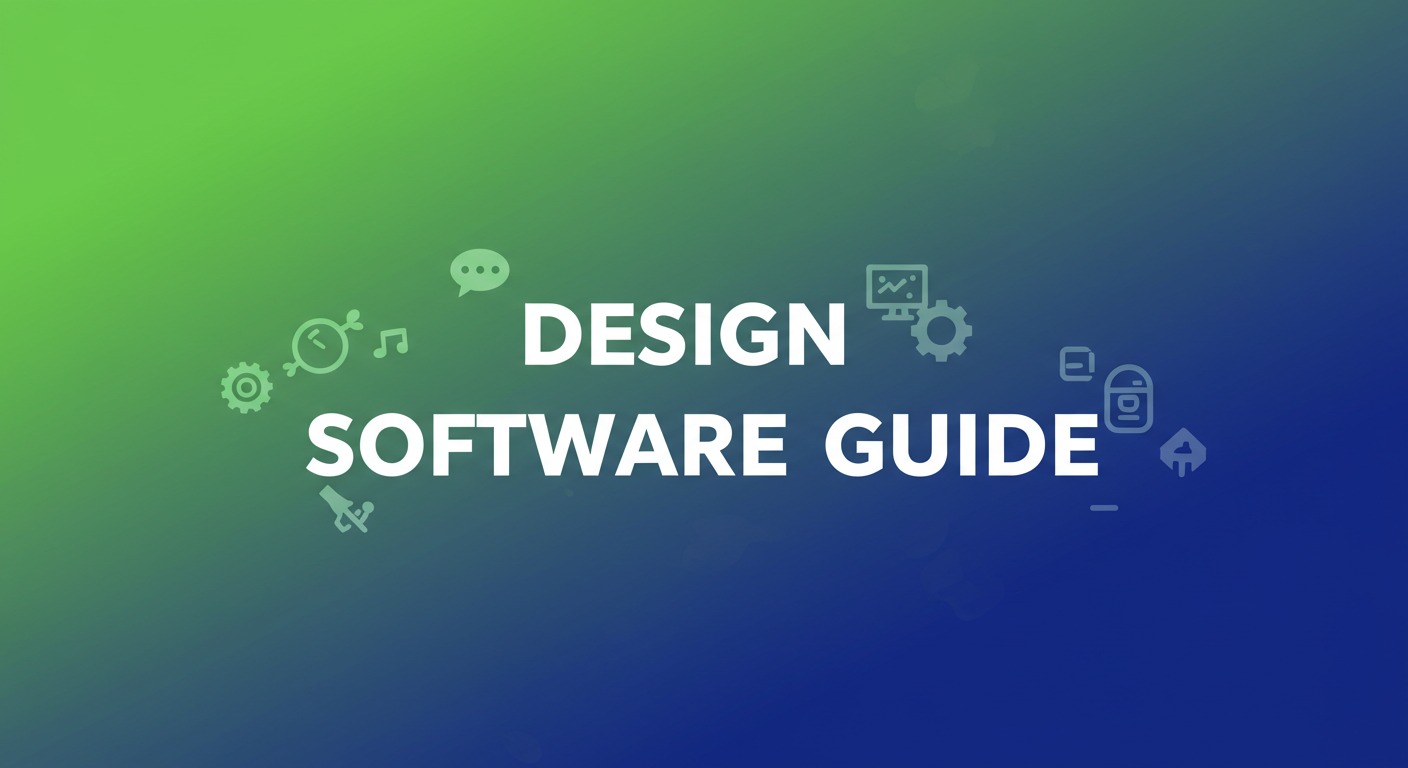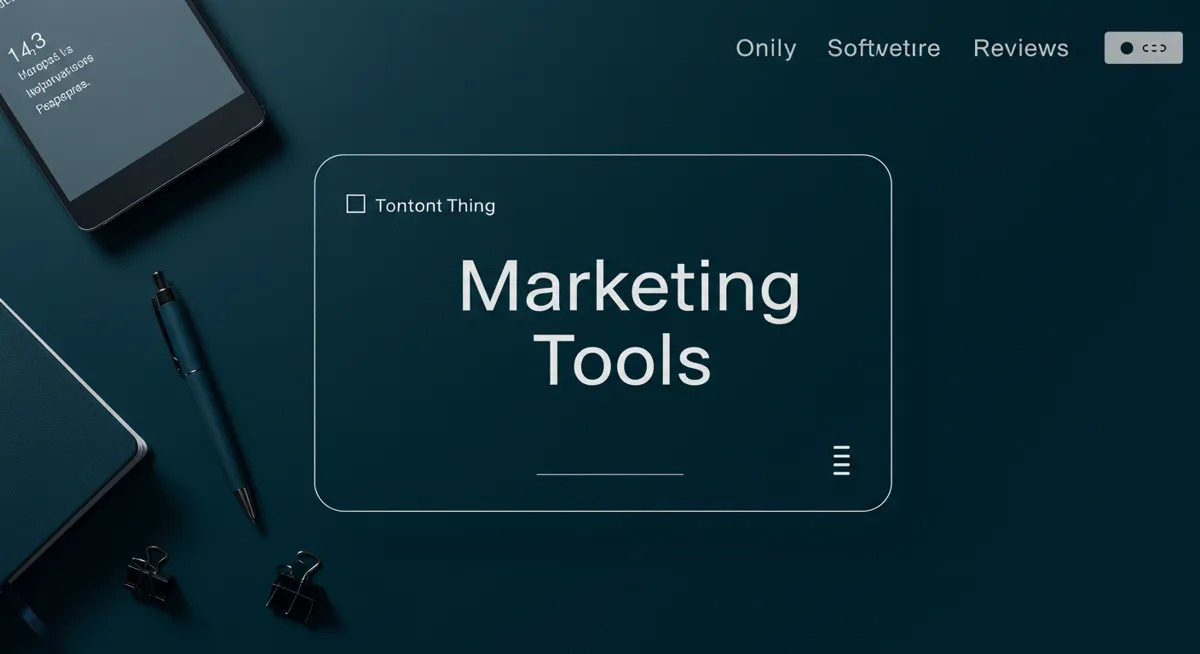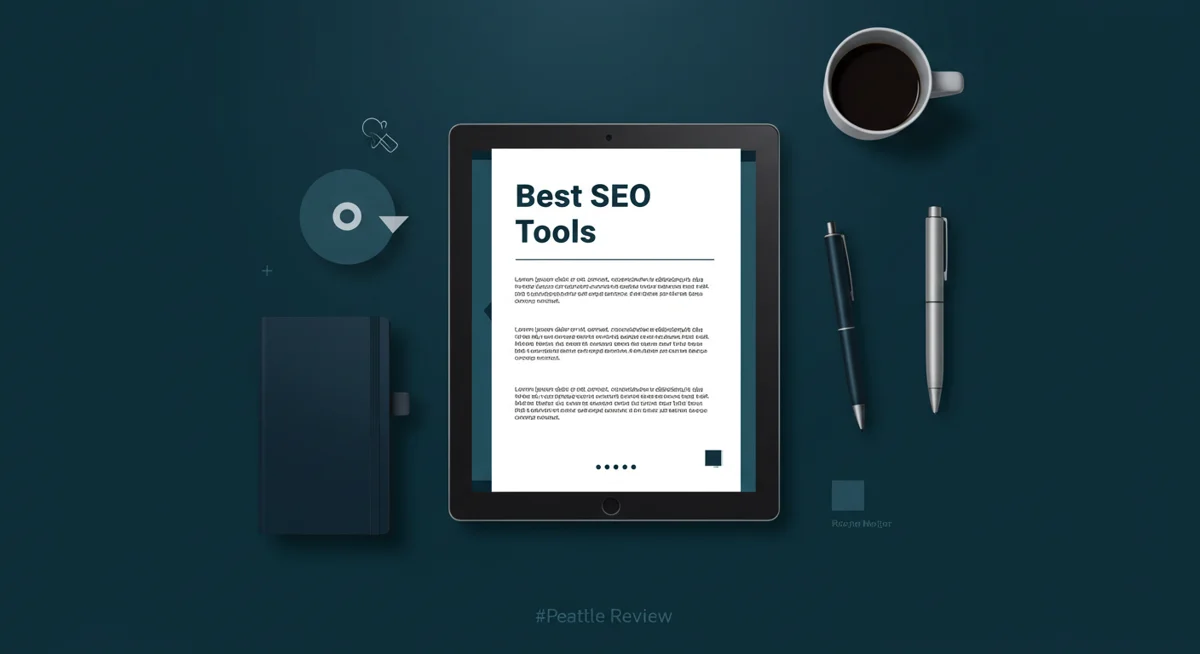Disclosure Information
This blog contains affiliate links. If you make a purchase through one of these links, our team may earn a commission at no extra cost to you. Learn more. Thanks for your support!
The digital design world continues to evolve at breakneck speed. With countless options available, finding the perfect design software for your specific needs can feel overwhelming. Whether you’re a professional graphic designer, UI/UX specialist, or a marketing team looking to create stunning visuals, the right tools can dramatically improve your workflow.
According to a recent industry survey, design professionals use an average of 5.7 different software tools in their daily workflow. This fragmentation highlights the specialized nature of modern design work.
In this comprehensive guide, we’ll explore the best design software across multiple categories, examining their features, pricing, and ideal use cases to help you make informed decisions.
1. Graphic Design Software: The Foundation of Visual Creation
Adobe Creative Cloud: The Industry Standard
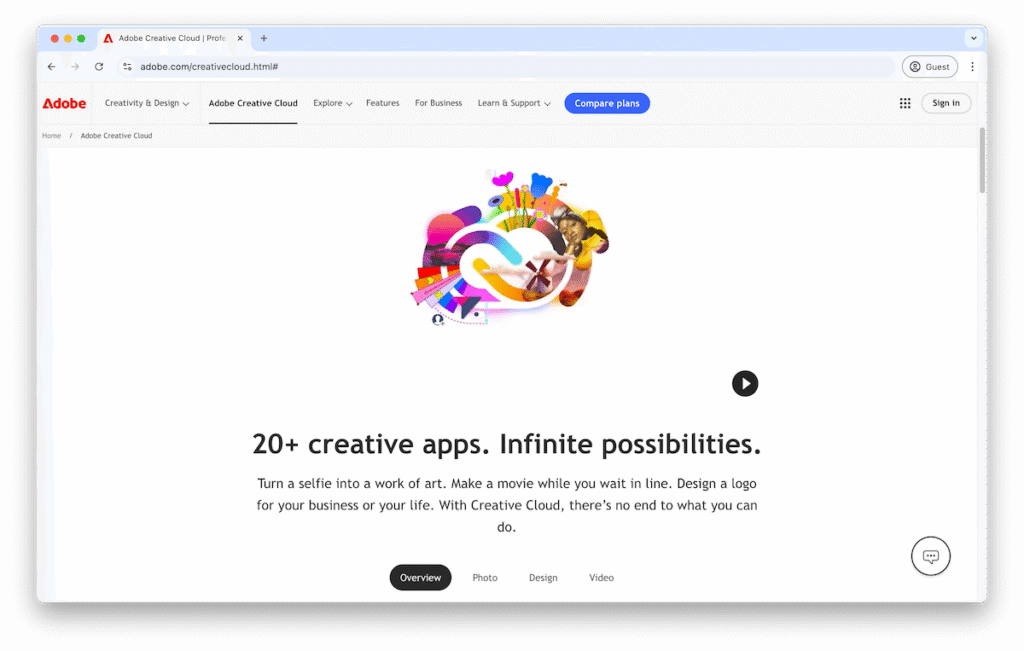
Adobe’s Creative Cloud continues to dominate the professional design landscape with its comprehensive suite of applications. Adobe Photoshop remains the gold standard for image editing and manipulation, while Illustrator excels at vector graphics creation.
InDesign provides unmatched capabilities for print layout and publication design. The integration between these tools creates a seamless workflow that many professionals find indispensable.
The learning curve can be steep for beginners, but the extensive online resources make mastery achievable. Adobe’s subscription model starts at $54.99/month for the complete package, or individual applications can be licensed separately.
Affinity Suite: The Powerful Alternative
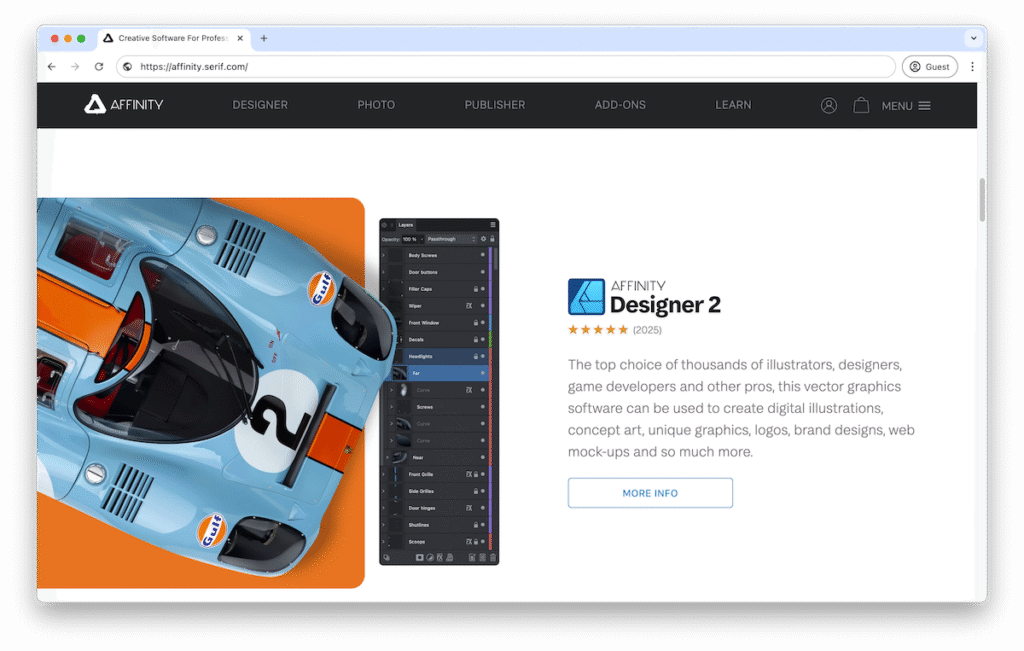
Serif’s Affinity suite has emerged as a formidable competitor to Adobe’s offerings. Affinity Designer, Photo, and Publisher provide professional-grade functionality without subscription fees.
These applications offer exceptional performance and compatibility with industry standard file formats. Many designers appreciate the one-time purchase model, with each application priced around $69.99.
The interface feels familiar to Adobe users while introducing unique innovations. The Affinity suite excels particularly in performance, handling large files with remarkable efficiency.
Canva: Democratizing Design
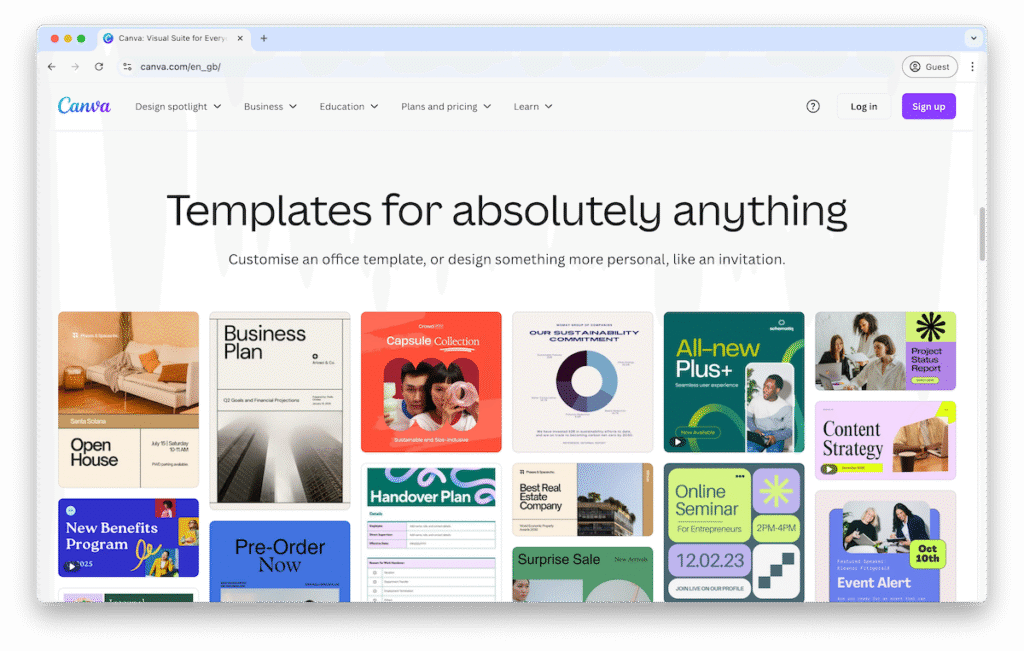
Canva has revolutionized the design landscape by making graphic creation accessible to non-designers. Its intuitive drag-and-drop interface and extensive template library enable anyone to create professional-looking designs quickly.
While professionals may find it limiting for complex projects, Canva excels for social media graphics, presentations, and marketing materials. The free tier offers substantial functionality, with Canva Pro ($12.99/month) unlocking additional features.
Its collaboration tools make it particularly valuable for marketing teams and small businesses without dedicated design departments.
2. UI/UX Design Tools: Crafting Digital Experiences
Figma: The Collaborative Powerhouse
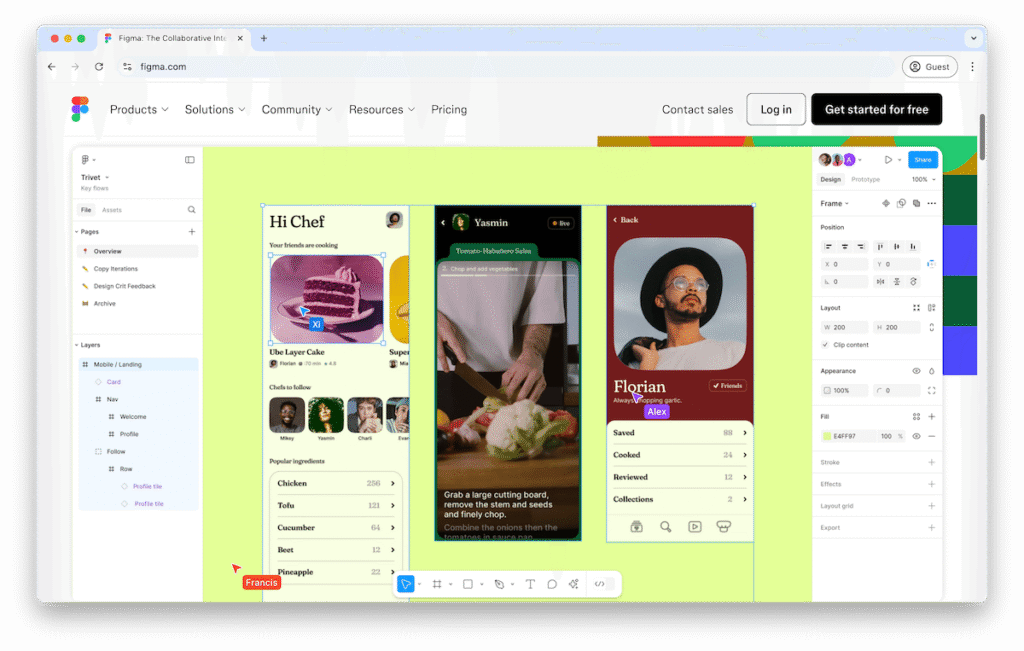
Figma has transformed UI/UX design with its cloud-based, collaborative approach. It enables real-time collaboration, making it ideal for distributed teams.
Its comprehensive prototyping capabilities allow designers to create interactive mockups that closely mirror final products. The component system promotes consistency across designs while streamlining the creative process.
Figma offers a generous free tier for individuals, with professional plans starting at $12/month per editor. Its browser-based nature eliminates cross-platform compatibility concerns.
Sketch: The Mac-Only Classic
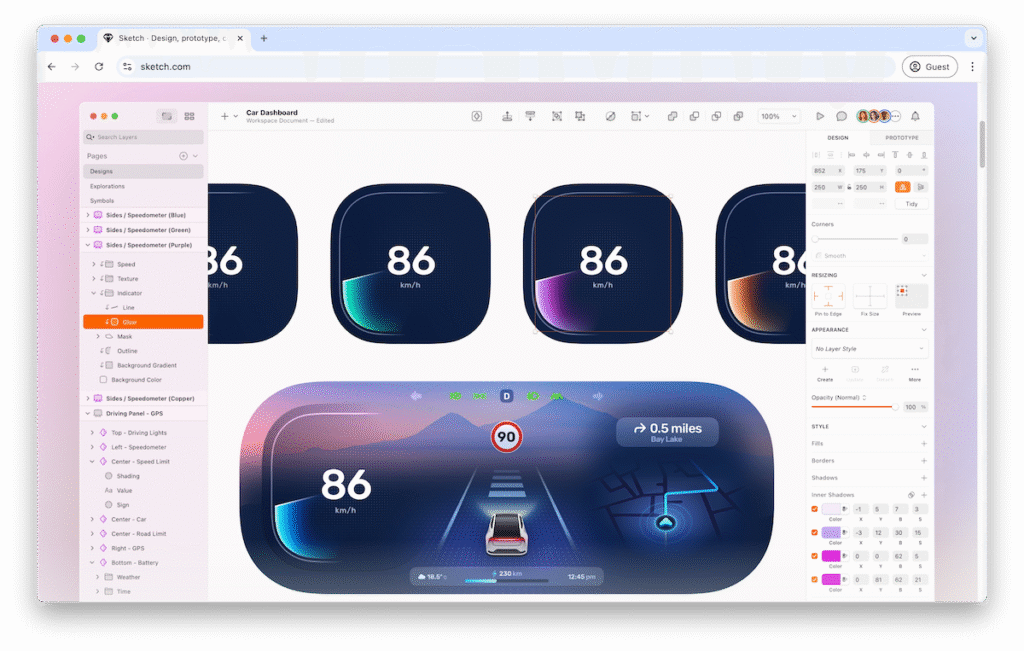
Despite being Mac-exclusive, Sketch maintains a dedicated following among UI/UX designers. Its focus on interface design has resulted in a streamlined, efficient tool that excels at its core purpose.
The vast ecosystem of plugins extends functionality significantly. The one-time purchase model ($99) appeals to many, though a subscription ($9/month) is required to receive updates beyond the first year.
Sketch’s simplicity and performance make it particularly suitable for those who prefer a lightweight, focused application over full-featured alternatives.
3. 3D Modeling and Rendering Software: Bringing Designs to Life
Blender: The Open-Source Revolution
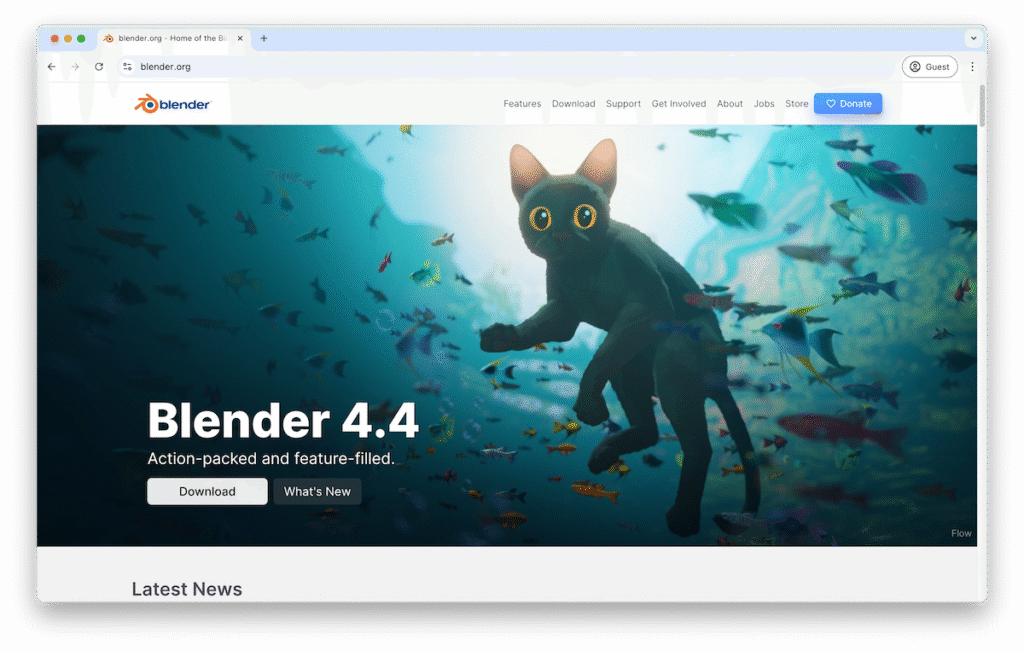
Blender has evolved from an alternative option to a industry powerhouse in the 3D space. As an open-source application, it offers professional capabilities without cost barriers.
Its comprehensive toolset includes modeling, sculpting, animation, simulation, rendering, and video editing. The learning curve is substantial, but the active community provides extensive resources for newcomers.
Recent versions have dramatically improved the user interface, making it more accessible to beginners. The Cycles rendering engine produces stunning results that rival commercial alternatives.
Cinema 4D: The Motion Designer’s Choice
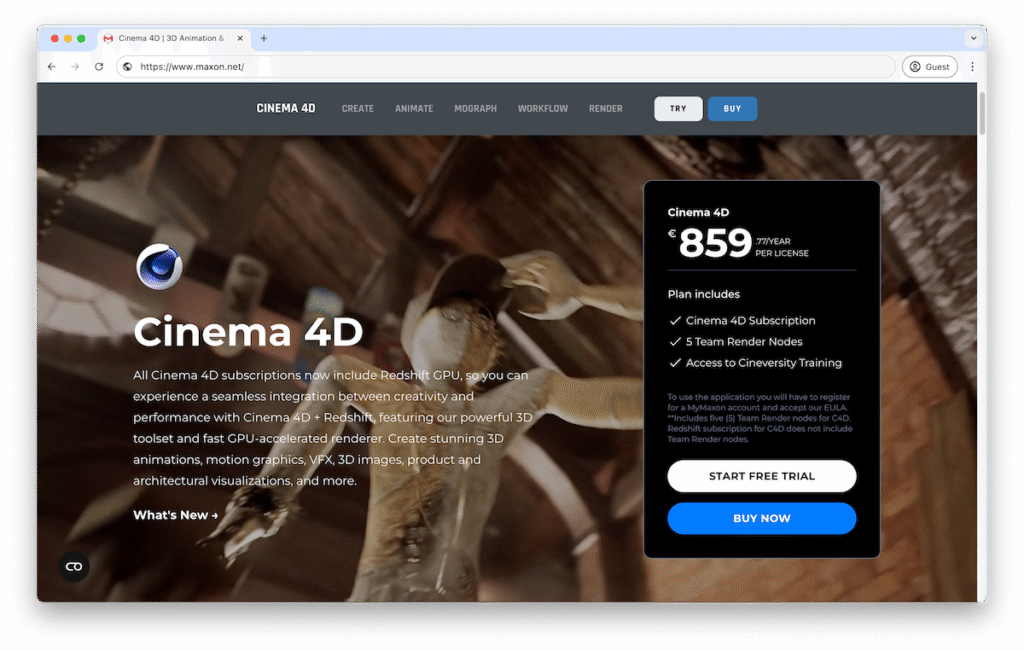
Maxon’s Cinema 4D has carved a niche as the preferred 3D solution for motion designers. Its integration with Adobe After Effects creates a powerful pipeline for motion graphics production.
The interface strikes an excellent balance between accessibility and depth. Advanced features like the MoGraph system simplify complex animations and procedural design.
Cinema 4D subscription plans start at $59/month, positioning it as a premium but accessible option for professionals.
Autodesk Maya: Industry Standard for Animation
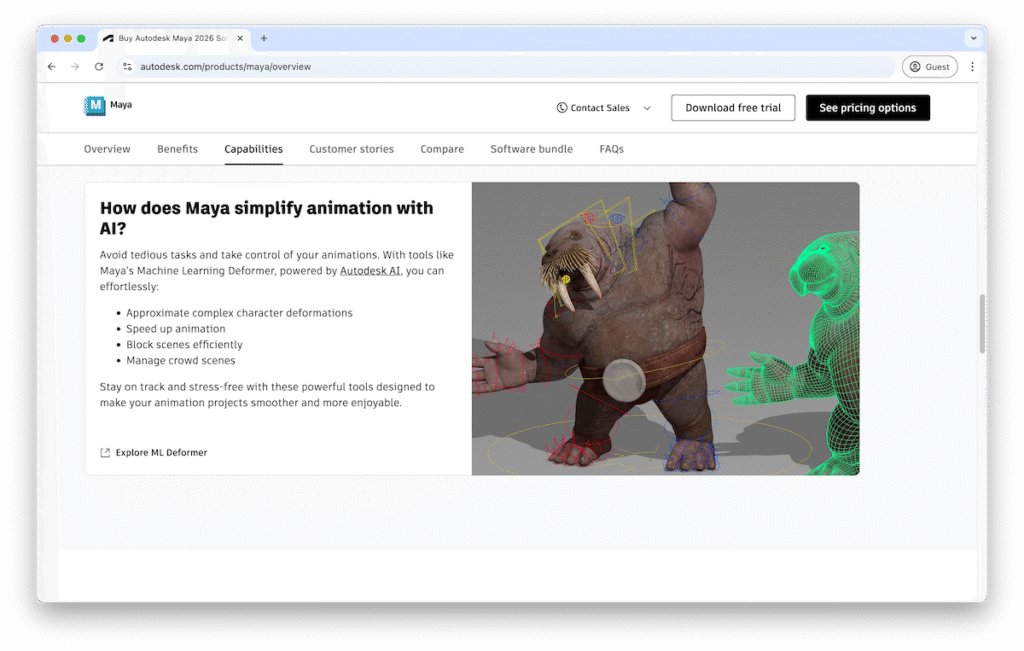
Maya remains the standard in animation studios and visual effects houses. Its comprehensive toolset and extensibility through scripting make it incredibly versatile.
The software excels in character rigging, animation, and complex simulations. Its node-based architecture provides unprecedented control for technical artists.
At $215/month, Maya represents a significant investment, but its industry-standard status makes it essential knowledge for those pursuing careers in animation or VFX.
4. Video Editing Software: Crafting Moving Images
Adobe Premiere Pro: The Professional’s Choice
Premiere Pro continues to dominate professional video editing with its comprehensive feature set and integration with other Creative Cloud applications.
The software handles everything from basic cuts to complex, multi-camera productions. Its proxy workflow enables smooth editing of high-resolution footage on modest hardware.
At $20.99/month, Premiere Pro represents good value for professionals, though the learning curve can be steep for beginners.
DaVinci Resolve: The All-in-One Solution
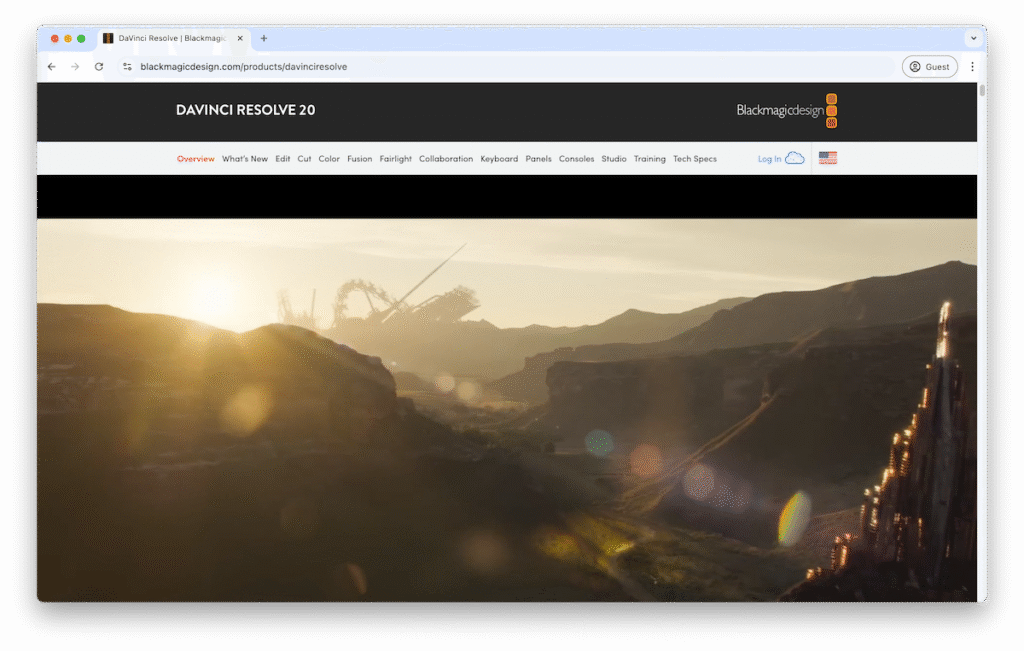
Blackmagic Design’s DaVinci Resolve has transformed from a color grading specialist to a complete post-production solution. The free version offers more capabilities than many paid competitors.
Its node-based color grading tools remain industry-leading, while editing, visual effects, and audio features continue to improve with each release. The Studio version ($295 one-time purchase) adds collaborative workflows and advanced features.
According to industry data, DaVinci Resolve has seen a 156% increase in professional adoption since 2022.
Final Cut Pro: Apple’s Premium Editor
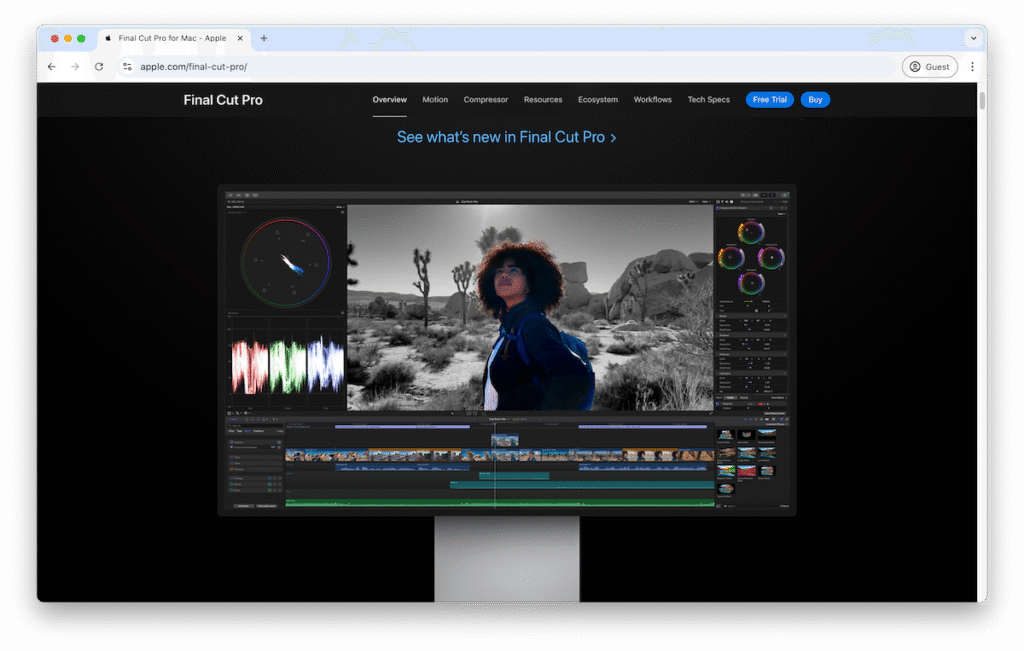
Final Cut Pro delivers exceptional performance on Mac systems with its optimized code and hardware acceleration. The magnetic timeline offers a unique approach to video editing that many find intuitive.
Its one-time purchase model ($299.99) appeals to those who prefer ownership over subscription. Integration with other Apple products creates a seamless ecosystem for Mac-centric creators.
Recent updates have significantly improved collaboration features, making it more viable for team environments.
5. Collaborative Design Platforms: Streamlining Team Workflows
Miro: The Visual Collaboration Canvas
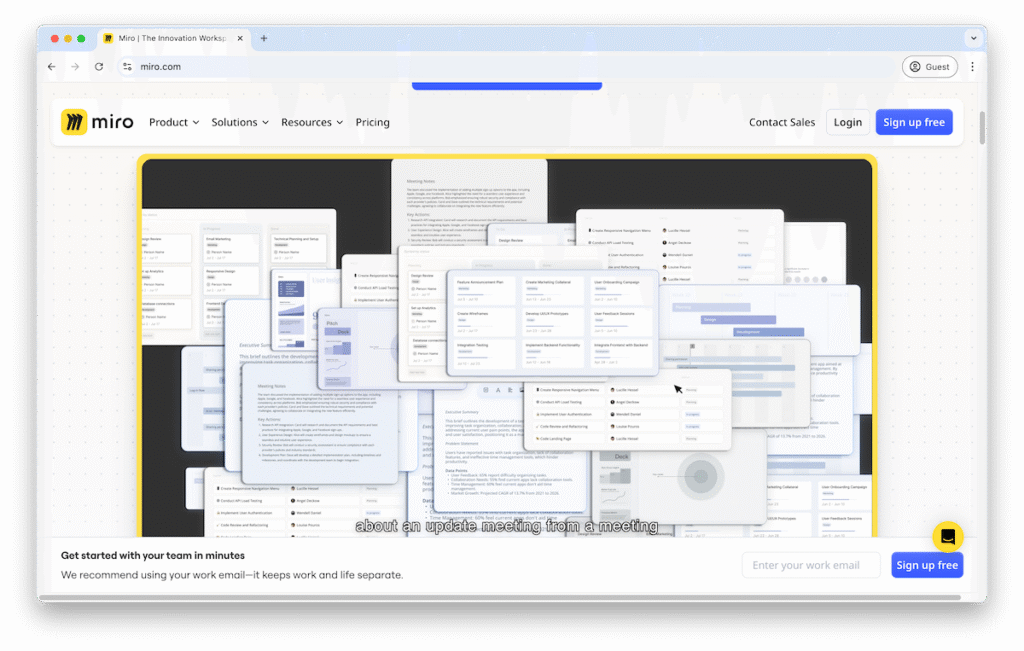
Miro has emerged as a leading platform for visual collaboration across disciplines. Its infinite canvas approach accommodates everything from brainstorming to detailed design systems.
Integration with numerous productivity and design tools creates a centralized hub for creative work. The free tier offers substantial functionality, with team plans starting at $8/member/month.
Its flexibility makes it valuable beyond design teams, serving as a collaborative space for product development, marketing, and strategic planning.
Zeplin: Bridging Design and Development

Zeplin streamlines the handoff between designers and developers with its focus on translating designs into code-ready specifications.
The platform automatically generates style guides, assets, and code snippets from imported designs. This reduces misinterpretation and accelerates development cycles.
Pricing starts at $5/member/month with a generous free tier for small teams. Many organizations report development time savings of up to 20% after implementing Zeplin.
6. Motion Graphics and Animation: Adding Movement to Design
Adobe After Effects: The Industry Standard
After Effects remains the premier tool for motion graphics and visual effects. Its comprehensive feature set accommodates everything from simple animations to complex compositions.
Integration with other Creative Cloud applications creates a seamless pipeline for animated content. The extensive plugin ecosystem extends functionality in countless directions.
Available as part of Creative Cloud ($54.99/month) or as a standalone subscription ($20.99/month), After Effects represents a significant but worthwhile investment for motion designers.
Lottie: Web Animation Simplified
Lottie has transformed web and app animation by enabling lightweight, scalable animations exported from After Effects. This open-source library renders animations in JSON format, dramatically reducing file size compared to traditional formats.
Developers can implement complex animations without detailed animation knowledge. Several online platforms now offer Lottie animation libraries and editing capabilities.
Implementation is free, though professional animation creation typically requires After Effects and the Bodymovin plugin.
Hype: Interactive HTML5 Animations
Tumult’s Hype specializes in creating interactive HTML5 animations without coding. Its timeline-based approach feels familiar to anyone with video or animation experience.
The software generates standard-compliant HTML5 that works across browsers and devices. At $99.99 for a standard license, it represents an accessible entry point for web animation.
Its export options make it particularly valuable for creating interactive ads, educational content, and presentations.
Comparison Tables: At a Glance Decision Aids
Graphic Design Software Comparison
| Software | Price Model | Best For |
| Adobe CC | Subscription | Professional workflow |
| Affinity Suite | One-time purchase | Adobe alternative |
| Canva | Freemium | Quick, accessible design |
UI/UX Design Tools Comparison
| Tool | Collaboration | Platform |
| Figma | Real-time | Cross-platform |
| Sketch | Limited | macOS only |
| Adobe XD | Improving | Cross-platform |
Video Editing Software Comparison
| Editor | Price | Color Tools |
| Premiere Pro | Subscription | Good |
| DaVinci Resolve | Freemium | Exceptional |
| Final Cut Pro | One-time | Very good |
Budget-Friendly Alternatives: Quality Without Breaking the Bank
The design software market now includes numerous high-quality options that won’t strain your budget. Open-source alternatives like GIMP provide capable Photoshop alternatives, while Inkscape offers vector editing capabilities comparable to Illustrator for basic needs.
For video editing, DaVinci Resolve’s free version outperforms many paid competitors. Figma’s free tier accommodates individuals and small teams with limited needs.
Budget considerations shouldn’t force compromises on quality. Many free tools now offer professional-grade capabilities, especially for those willing to invest time in learning their sometimes less refined interfaces.
Choosing the Right Software: Decision Frameworks
Assess Your Specific Needs
Begin by identifying your primary design activities. Different specialties require different tools – a UI designer’s toolkit differs significantly from a 3D artist’s.
Consider your typical projects and workflow requirements. List the features that are essential versus those that would be nice to have.
Research indicates that 73% of designers cite workflow compatibility as more important than individual feature sets when selecting new software.
Evaluate Learning Curves
Consider your team’s technical proficiency and available time for training. Some powerful tools require substantial time investment before yielding productivity benefits.
Look for software with robust learning resources, including tutorials, documentation, and active user communities. Trial periods allow hands-on evaluation before commitment.
Remember that investing time in learning industry-standard tools often pays dividends in career opportunities and collaboration capabilities.
Consider Integration Requirements
Few design tools exist in isolation. Consider how potential software fits into your broader technology ecosystem.
Evaluate file format compatibility, especially if you collaborate with clients or partners using different tools. API availability matters for teams looking to automate aspects of their design workflow.
Cloud-based solutions increasingly offer advantages for distributed teams and cross-device workflows.
Conclusion
The design software landscape continues to evolve rapidly, with competition driving innovation across categories. Cloud-based, collaborative approaches increasingly challenge traditional desktop applications.
Subscription models dominate professional tools, though viable alternatives exist for those preferring one-time purchases. Open-source options continue to mature, providing capable alternatives for budget-conscious users.
Ultimately, the “best” design software depends entirely on your specific needs, workflow, and team structure. By thoroughly evaluating options against your requirements, you can build a toolkit that enhances creativity rather than impeding it.
Staying informed about emerging tools and trends ensures your design capabilities remain competitive in an increasingly visual digital landscape. The investment in selecting and mastering the right software pays dividends in efficiency, quality, and creative possibilities.

